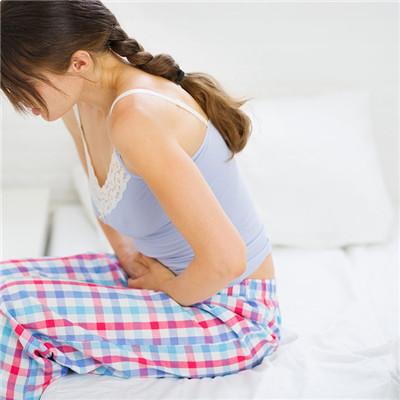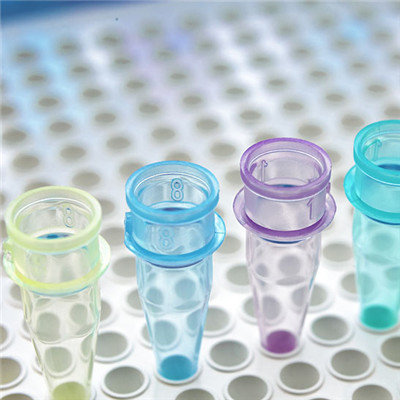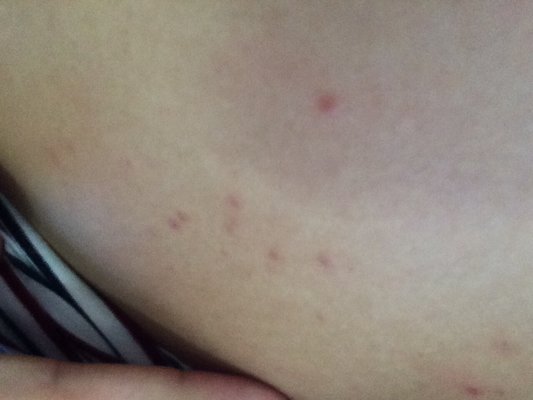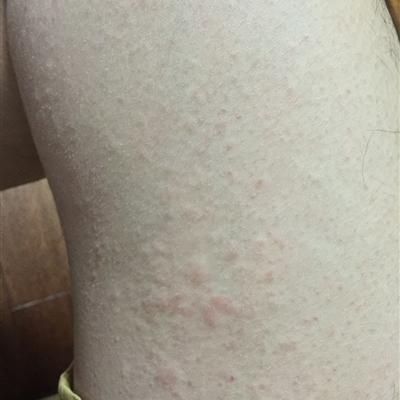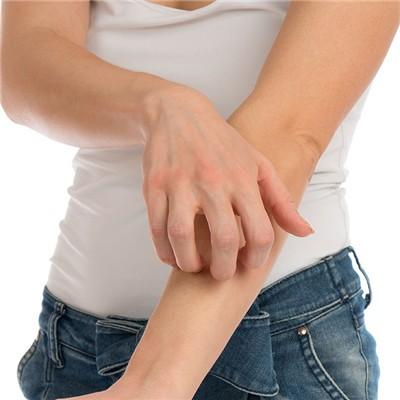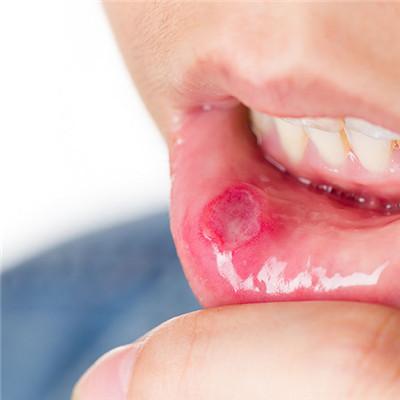What is porphyria like
summary
The incidence of porphyria is not only related to congenital factors, but also acquired, sensitive to light, and has symptoms of digestive system. Let's see what porphyria is like.
What is porphyria like
First of all: this group of diseases mainly include hepatic porphyria, ALA dehydratase deficiency porphyria, acute intermittent porphyria, hereditary faecal porphyria, variant faecal porphyria, delayed cutaneous porphyria, hepatic erythropoietic porphyria, erythropoietic porphyria, X-linked sideroblastic anemia, congenital erythropoietic porphyria. The following describes the more common and characteristic tardive cutaneous porphyria and erythropoietic protoporphyria.
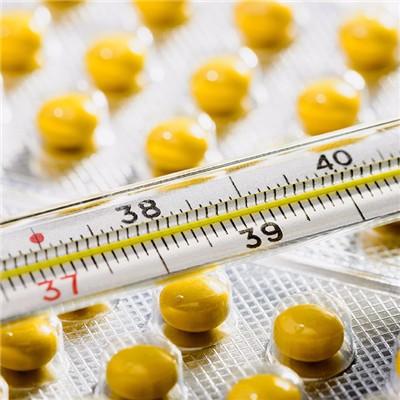
Secondly, tardive cutaneous porphyria is the most common porphyria, which is caused by the accumulation of uroporphyrin due to the lack of uroporphyrinogen decarboxylase or decreased activity. The disease is more common in adults and men, with a history of liver disease or drinking. The rash is severe in summer and mild in winter. The clinical manifestations were non inflammatory blisters, bullae, erosion, scab, ulcer, scar, miliary papule, pigmentation and hypopigmentation.
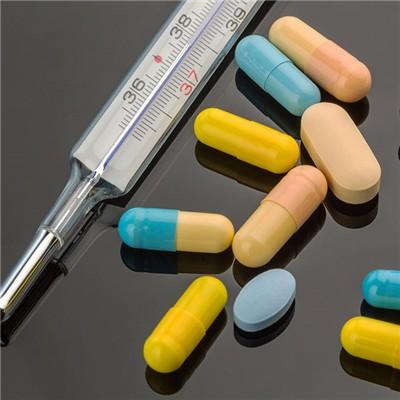
Finally: erythropoietic protoporphyria is the second common porphyria, which is caused by the low activity of ferrous chelatase and the high level of protoporphyrin IV, which is autosomal dominant inheritance. This disease mostly starts in children, heavy in summer and light in winter. It is characterized by pain, burning sensation, erythema, edema and wheeze on the exposed part after exposure to the sun. Blisters, blood blisters, erosion and scab may appear in severe cases. Recurrent rashes make the patient's face weather beaten, and linear atrophic scars can be seen on the exposed parts of the face and the back of the hand. Severe cases may be accompanied by liver disease, skin rash occurs repeatedly throughout life.
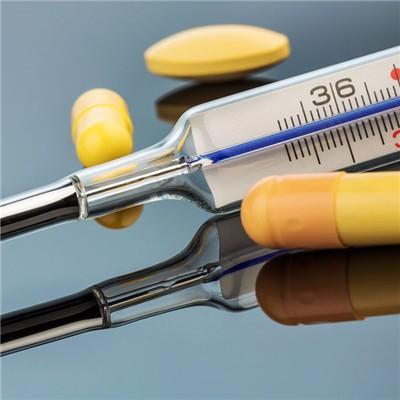
matters needing attention
Avoid alcohol and stop using drugs that may aggravate the disease. Avoid light and sun, use sunscreen. Different pathogenic factors, porphyria disease type is not the same, need symptomatic treatment to ensure the effect of treatment.



